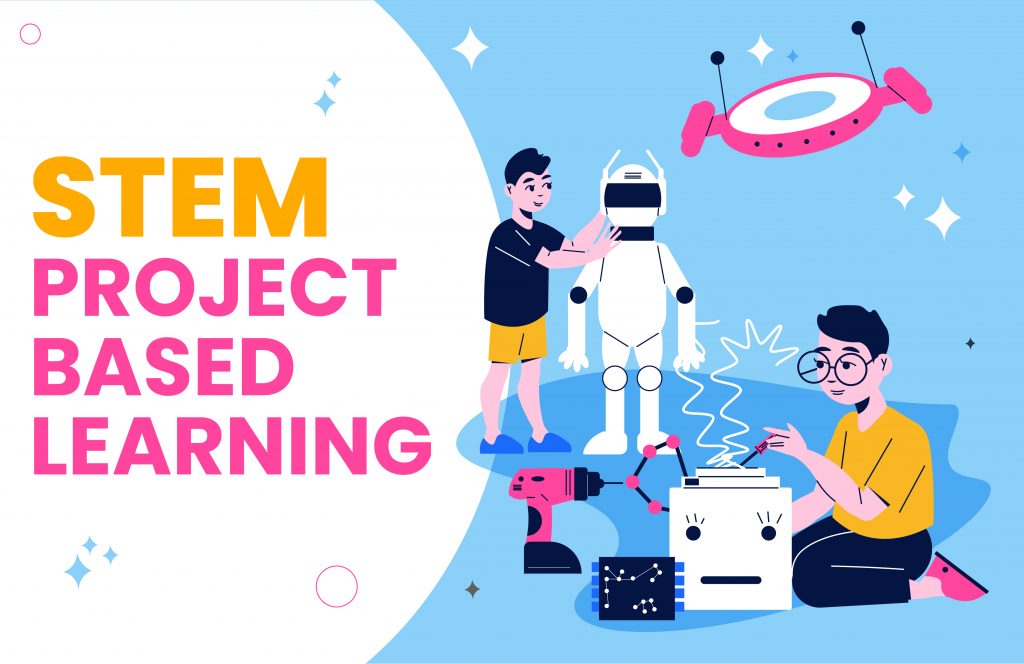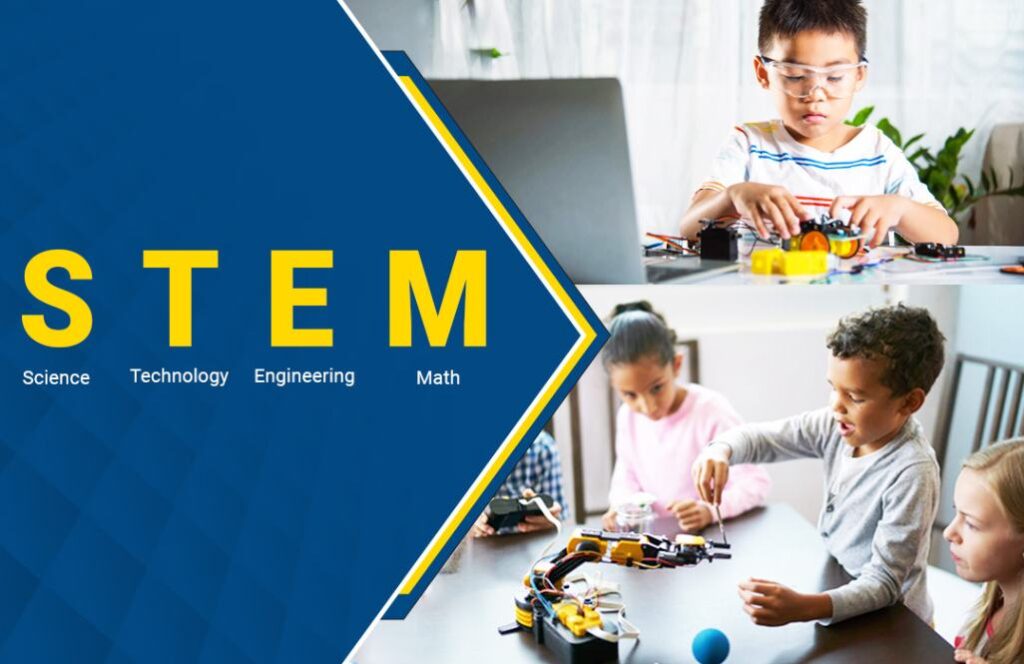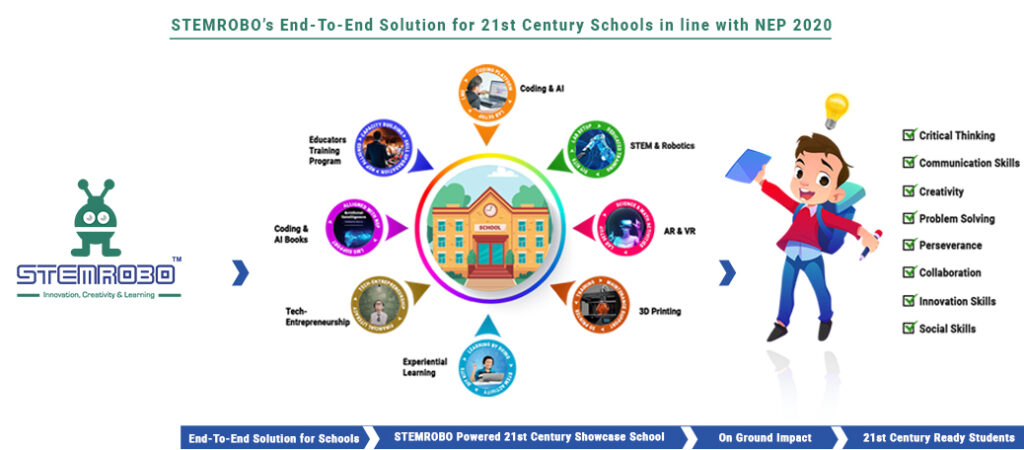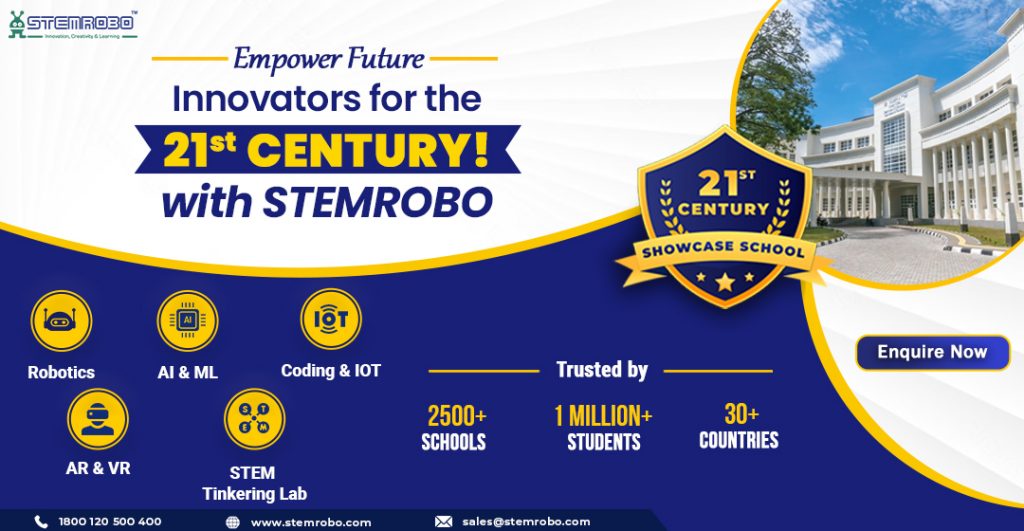Stem Project-Based Learning
In recent years, there has been a growing emphasis on STEM (Science, Technology, Engineering, and Mathematics) education due to its crucial role in preparing students for the challenges of the 21st century. One of the most effective approaches to STEM education is Stem project-based learning, which encourages students to engage in hands-on, real-world projects that promote critical thinking, problem-solving, and collaboration skills. Understanding STEM Project-Based Learning A student focused method called STEM project-based learning enables students to investigate STEM ideas by working on a project and finishing it. STEM project-based learning enablesstudents to actively engage with what is being taught, which leads to a more effective understanding of the subject matter, as compared to traditional classroom techniques that place a greater emphasis on memorizing the knowledge. In STEM project-based learning, students collaborate on tasks that call on them to use their knowledge and abilities to address real-world issues. These are frequently multidisciplinary projects that incorporate ideas from several STEM disciplines. One of the key benefits of STEM project-based learning is its ability to engage students in hands-on, experiential learning. Instead of passively absorbing knowledge from lectures or textbooks, students actively participate in the learning process, which can lead to a deeper understanding of STEM concepts. Additionally, STEM project-based learning helps develop a range of important skills, such as critical thinking, problem-solving, communication, and collaboration. These skills are not only essential for success in STEM fields but also in the 21st-century workforce, where the ability to adapt to new technologies and work collaboratively with others is increasingly important. Furthermore, STEM project-based learning encourages creativity and innovation. By working on open-ended projects, students have the freedom to explore new ideas and solutions, which can lead to unexpected discoveries and breakthroughs. Benefits of STEM Project-Based Learning Enhanced Engagement: STEM project-based learning engages students in active learning, making education more meaningful and relevant. By working on projects that reflect real-world challenges, students are motivated to explore and learn. Deepened Understanding: Through STEM project-based learning, students develop a deeper understanding of STEM concepts. By applying theoretical knowledge to practical situations, they gain insights that go beyond rote memorization. Skill Development: STEM project-based learning nurtures a range of essential skills, including critical thinking, problem-solving, communication, and collaboration. These skills are vital for success in both academic and professional settings. Fostering Creativity: STEM project-based learning encourages students to think creatively and innovatively. By exploring different solutions to problems, students learn to think outside the box and develop a growth mindset. Preparation for the Future: STEM project-based learning prepares students for the future workforce, where skills such as adaptability, creativity, and collaboration are highly valued. By engaging in authentic, project-based learning experiences, students develop the skills they need to thrive in a rapidly changing world. Positive Changes After Integrating STEM project-based learning: Enhanced Engagement: When working on practical, real-world projects, students are more involved in their education, which boosts their motivation and interest in STEM fields. Improved Learning Outcomes: Students who participate in STEM project-based learning get a better understanding of STEM concepts and abilities, which boosts their academic performance. Development of 21st-Century Skills: Students develop essential skills such as critical thinking, problem-solving, communication, and collaboration, which are vital for success in the future workforce. Creativity and Innovation: STEM project-based learning fosters creativity and innovation by encouraging students to explore new ideas and solutions to complex problems. Career Preparation: Students are better equipped for future professions in STEM disciplines, where adaptability and creativity are highly prized, by participating in real-world, project-based learning activities. Implementing STEM project-based learning in schools requires careful planning and support from educators. Teachers play a crucial role in guiding students through the project, providing feedback, and facilitating collaboration. Schools may also need to invest in resources and infrastructure to support STEM projects, such as STEM labs for schools, equipment, and technology. Despite these challenges, the benefits of STEM project-based learning are clear. By engaging students in hands-on, collaborative projects, this approach to teaching STEM subjects can help foster a new generation of innovators, problem solvers, and critical thinkers who are prepared to tackle the challenges of the future. Integrating STEM project-based learning into the regular academic curriculum for K-12 students can lead to a range of positive changes, including increased engagement, enhanced learning outcomes, and the development of essential 21st-century skills. By embracing this innovative approach to education, schools can prepare students for success in the future workforce and empower them to make a positive impact on the world. STEMROBO (No.1 Educational Technology Company) plays a crucial role in helping schools integrate STEM project-based learning into their curriculum. Here are several ways STEMROBO supports schools in this endeavour: Comprehensive Curriculum: STEMROBO provides a comprehensive curriculum that aligns with educational standards and integrates STEM concepts into project-based learning activities. The curriculum covers a wide range of topics, including robotics, electronics, coding, and more, making it easy for schools to incorporate STEM project-based learning into their existing curriculum. Hands-on Learning Resources: STEMROBO offers hands-on learning resources, such as robotics kits, electronics kits, and programming tools, that facilitate project-based learning. These resources allow students to build, program, and test their projects, providing a tangible and engaging learning experience. Teacher Training and Support: STEMROBO provides teacher training and support to help educators effectively integrate STEM project-based learning into their curriculum. This includes workshops, webinars, and online resources that cover topics such as curriculum planning, project management, and assessment strategies. Curriculum Customization: STEMROBO allows schools to customize their STEM project-based learning curriculum to meet their specific needs and goals. Schools can choose from a variety of projects and activities that align with their curriculum standards and educational objectives. Technology Integration: STEMROBO leverages technology to enhance STEM project-based learning. For example, their robotics kits can be programmed using block-based coding languages, which makes it easy for students to learn programming concepts while working on their projects. Community Engagement: STEMROBO encourages community engagement by providing opportunities for students to showcase their projects and collaborate with peers, educators, and industry professionals.
Stem Project-Based Learning Read More »









